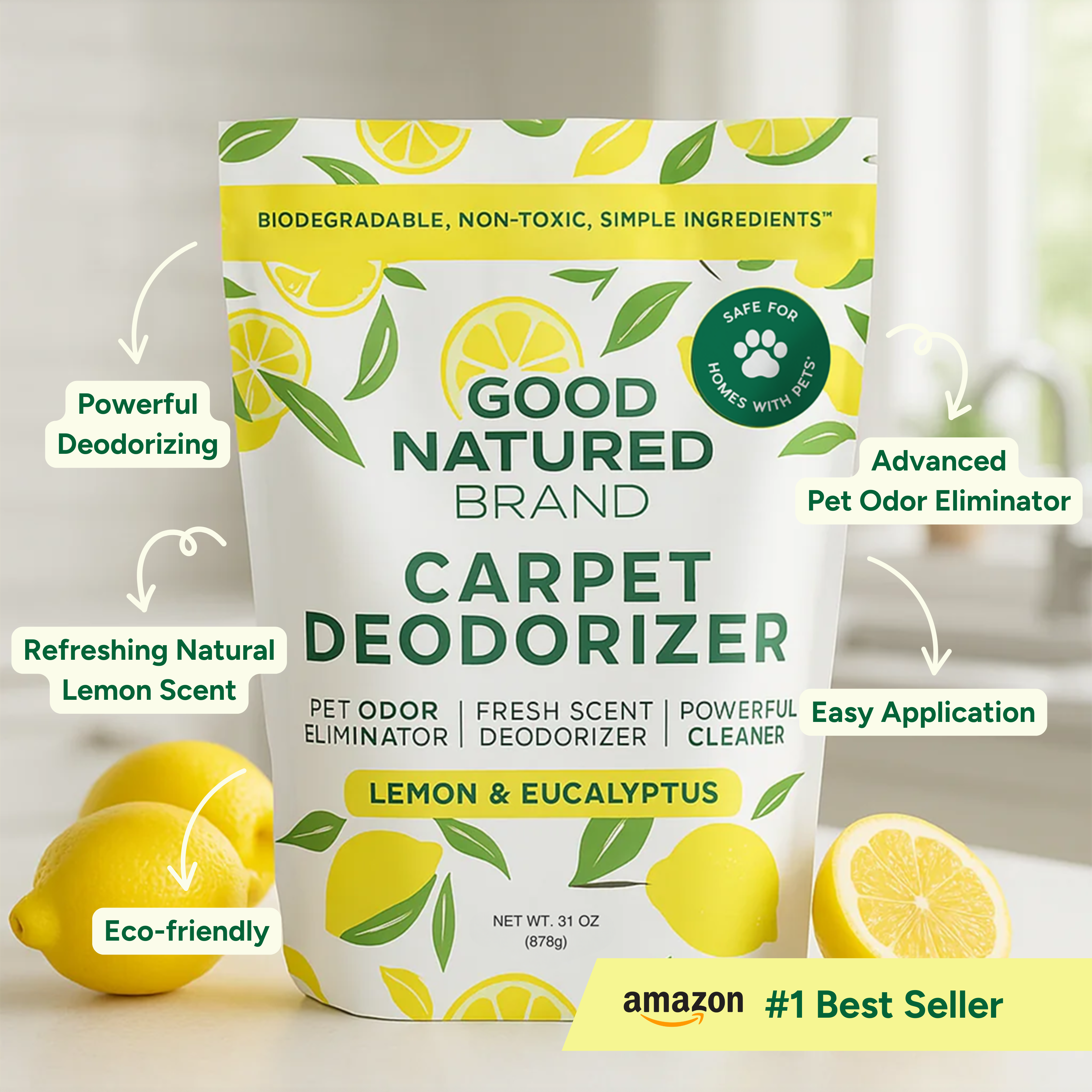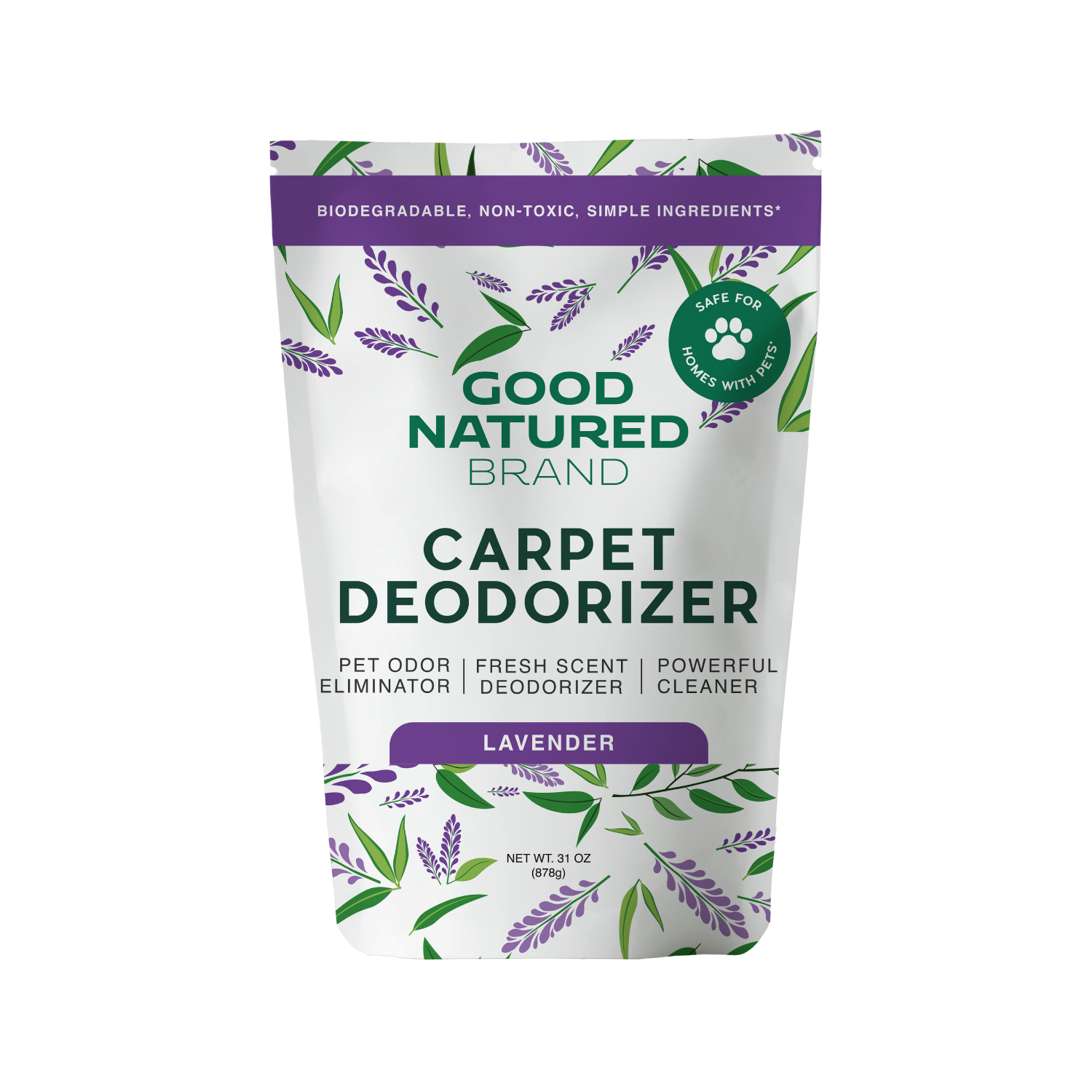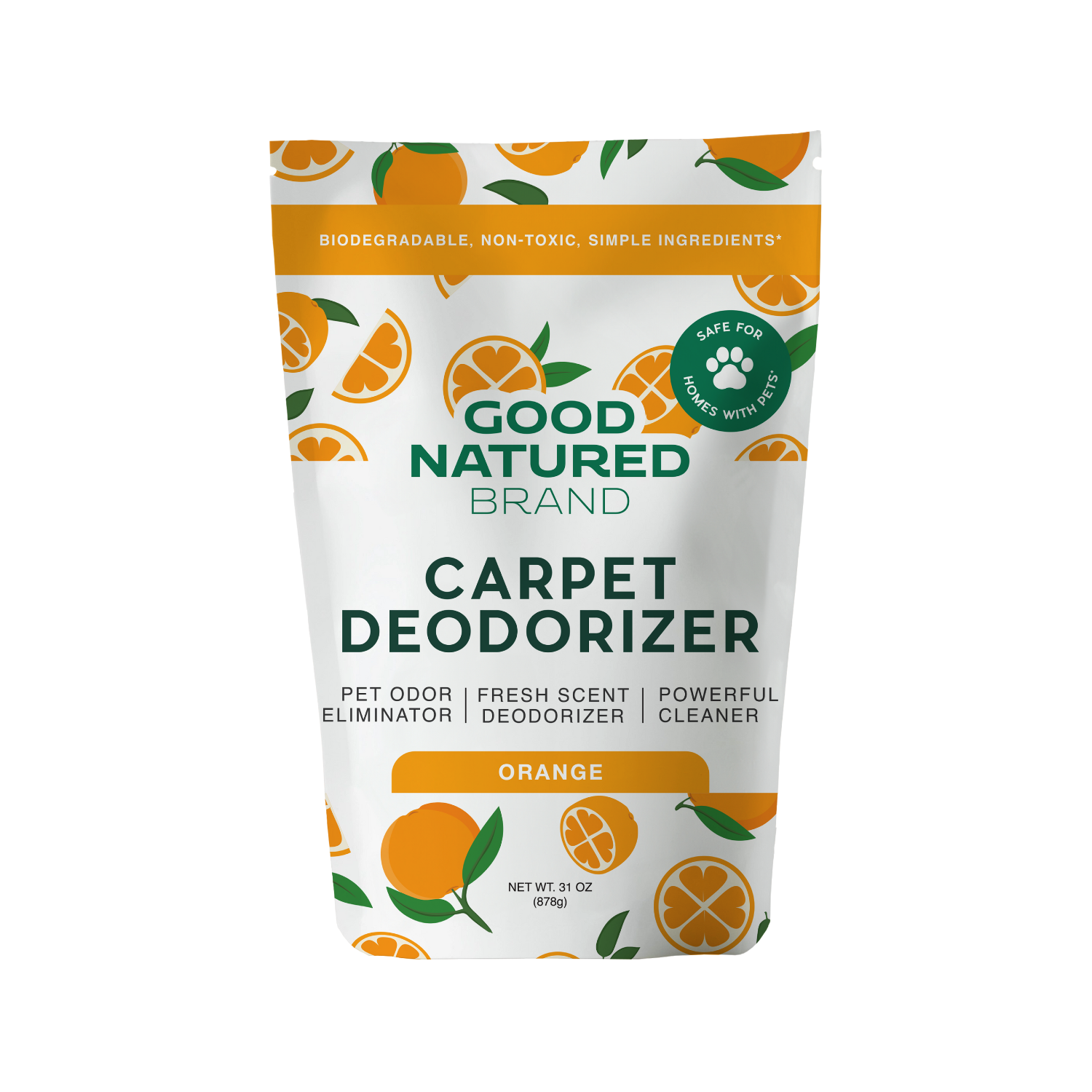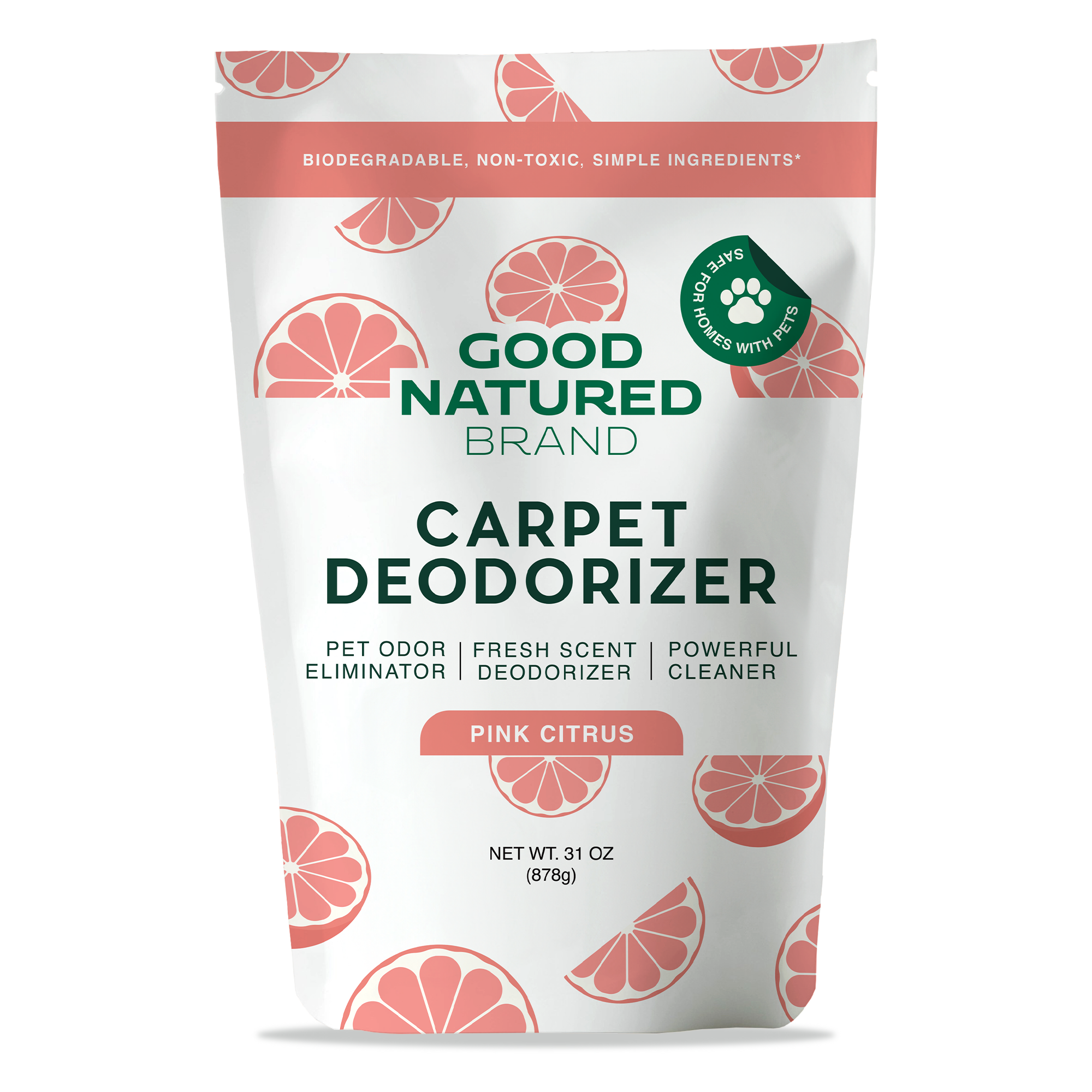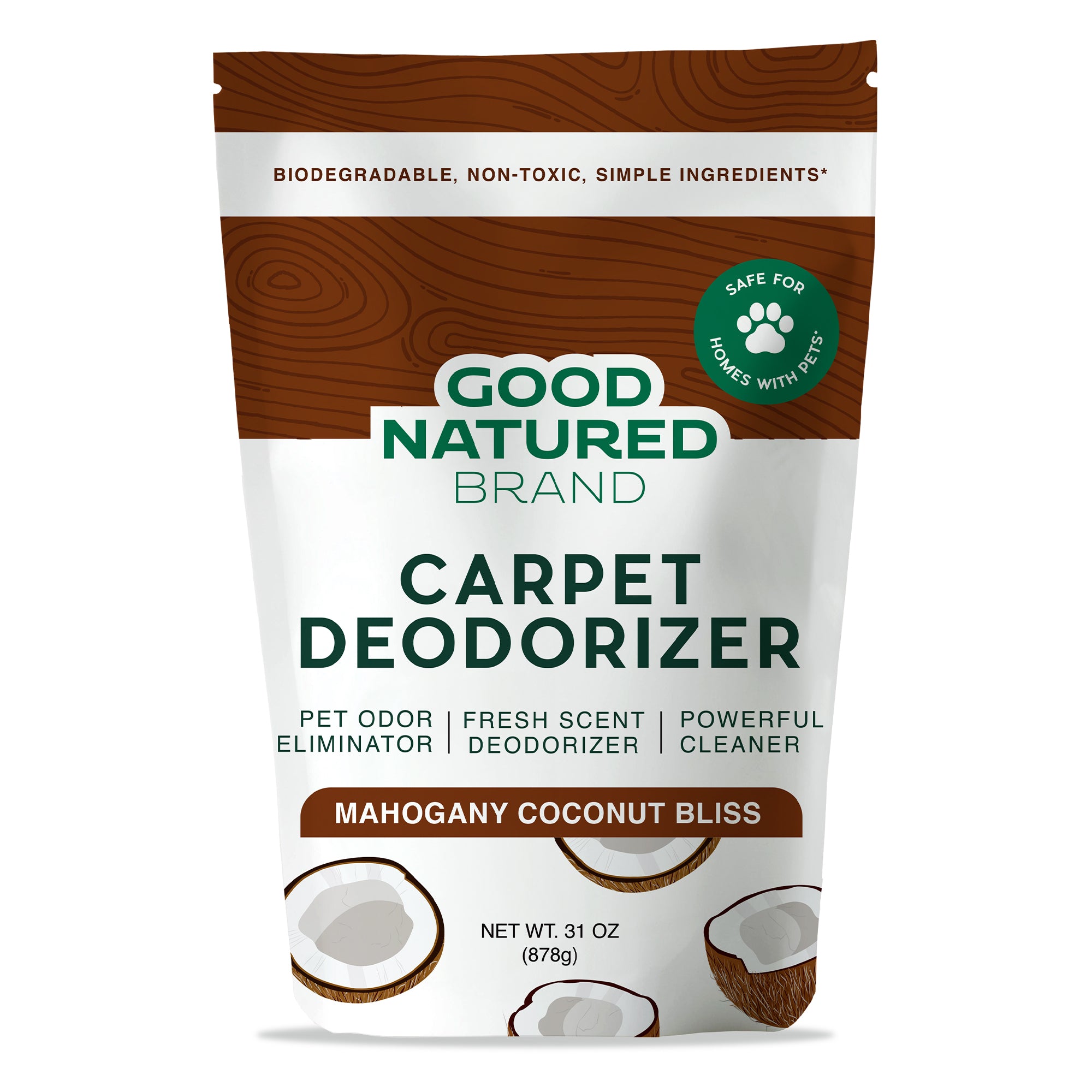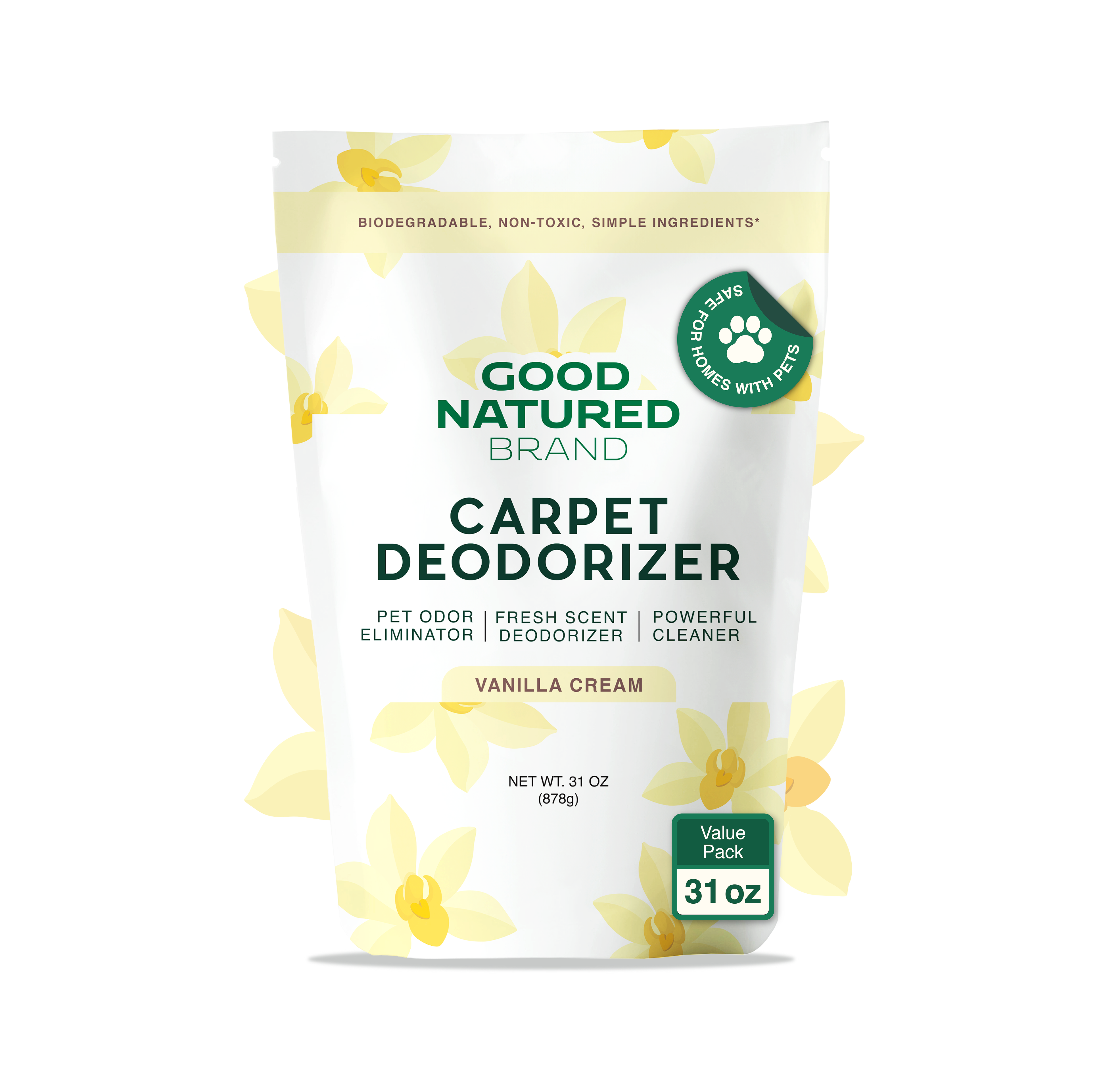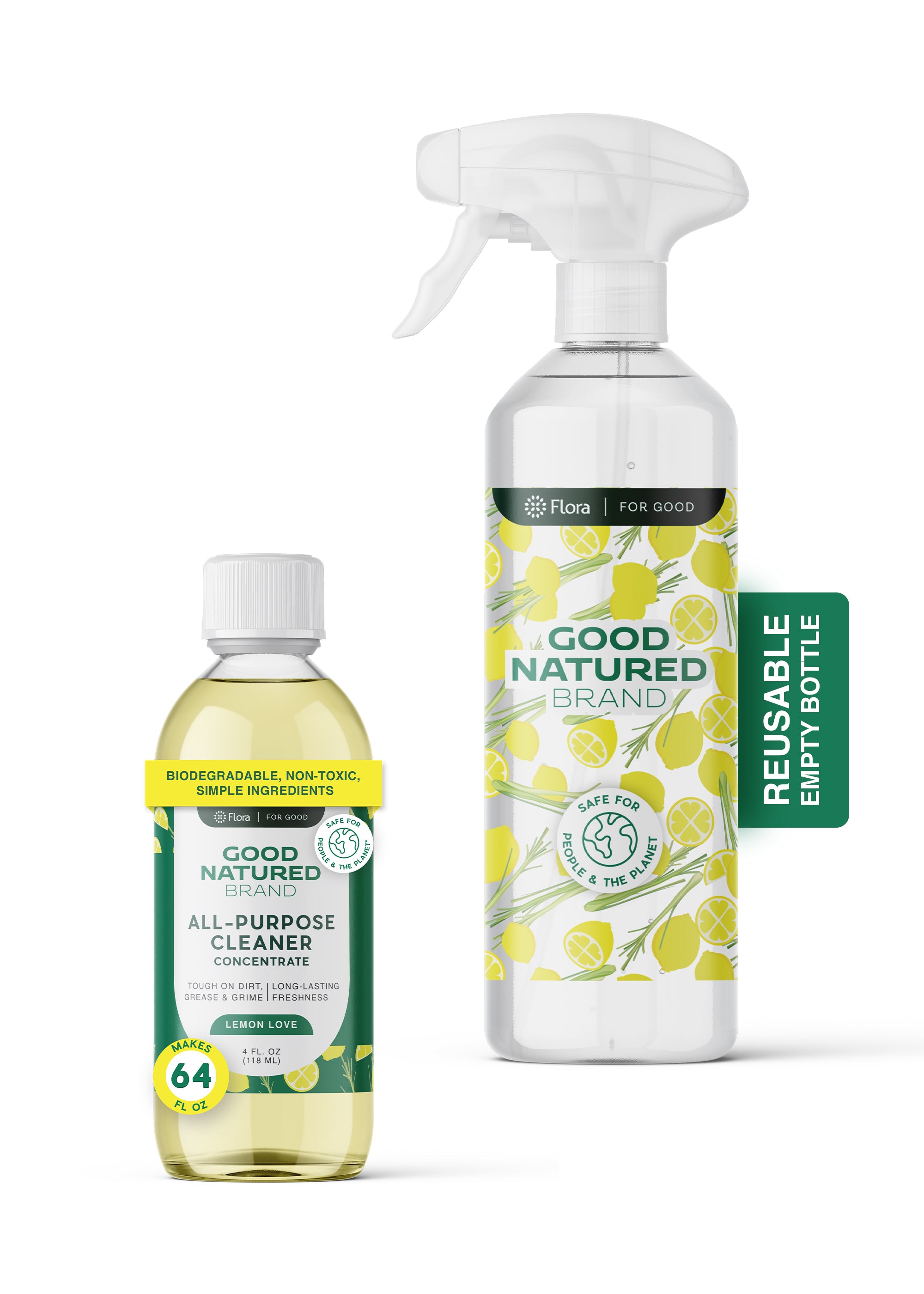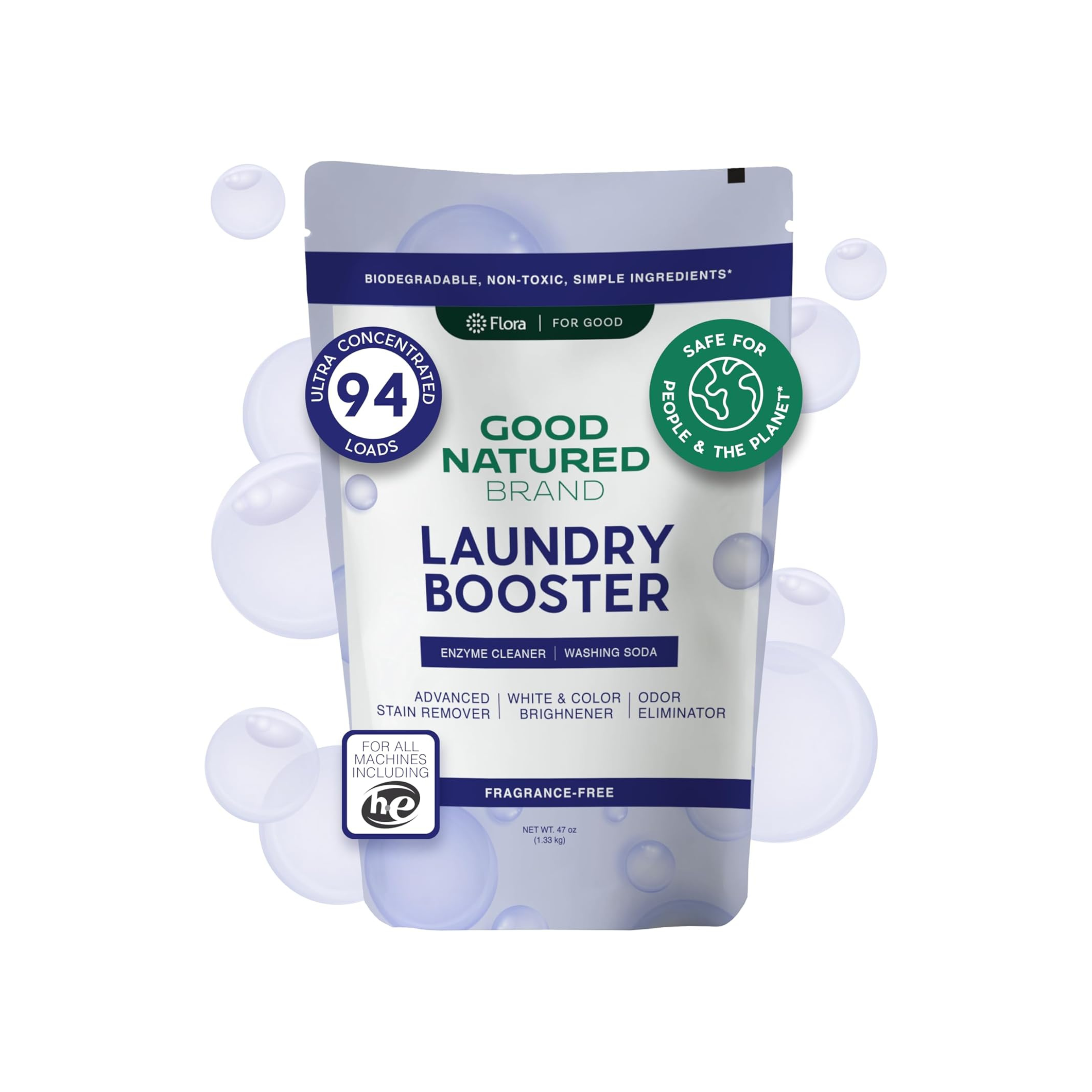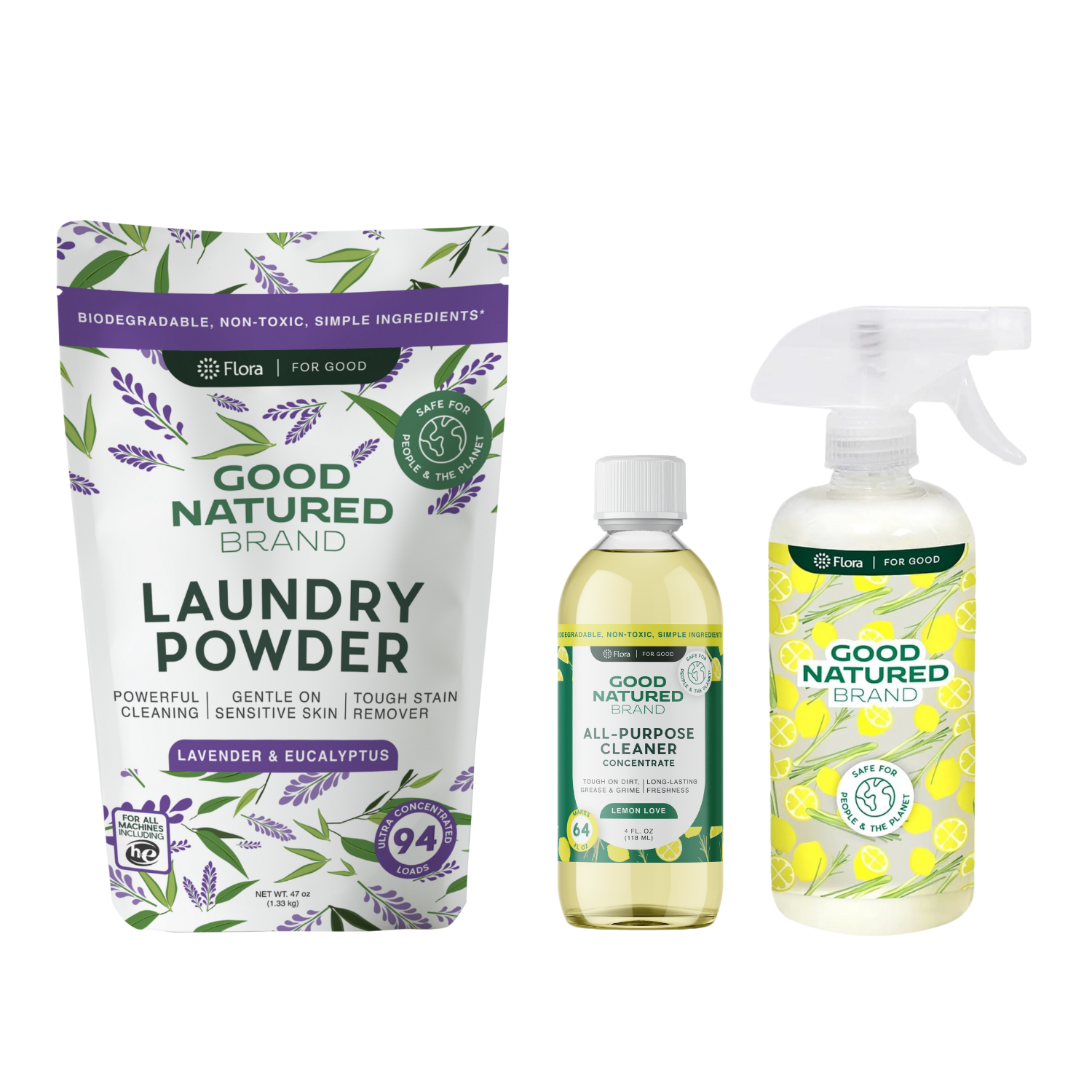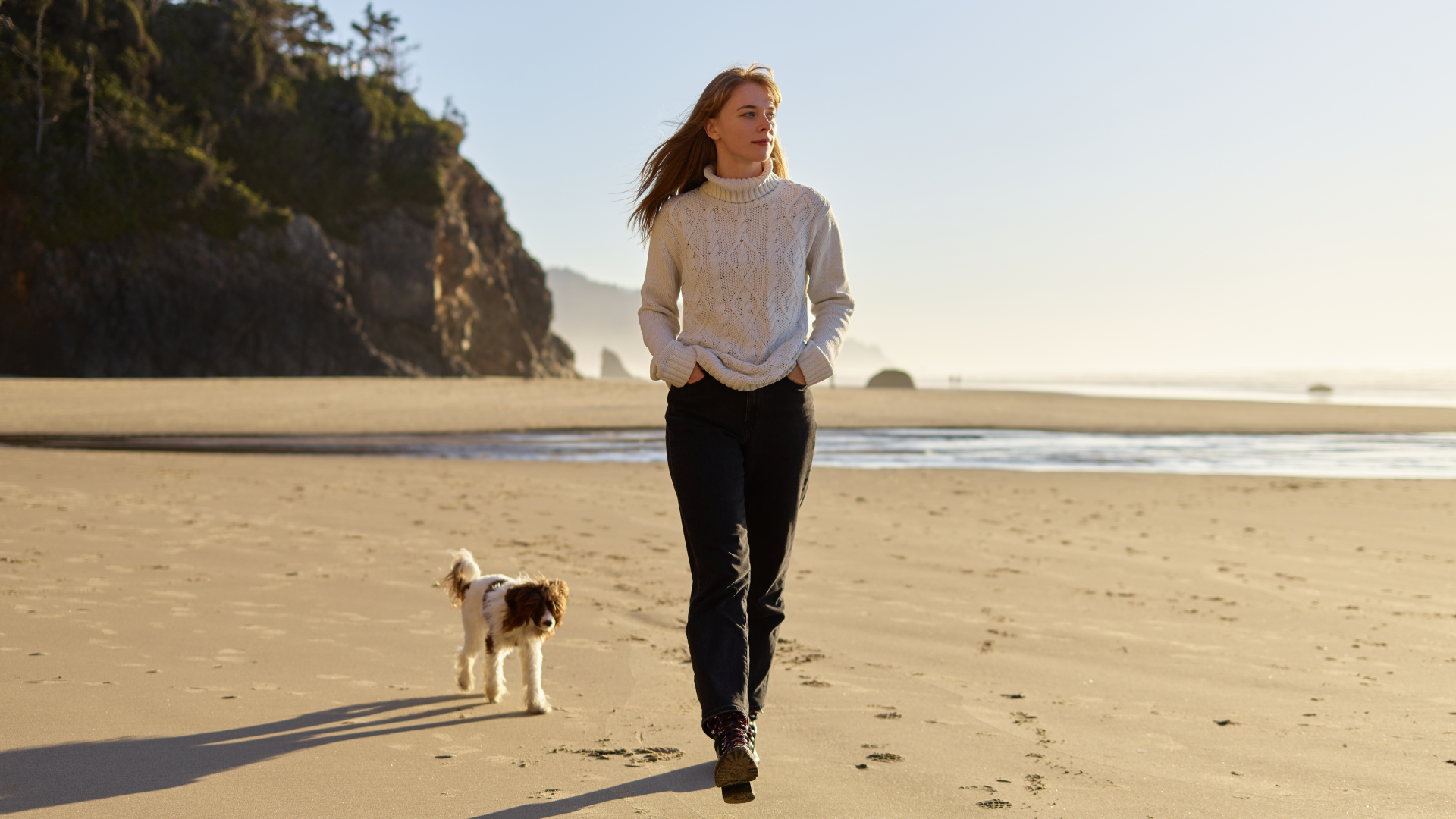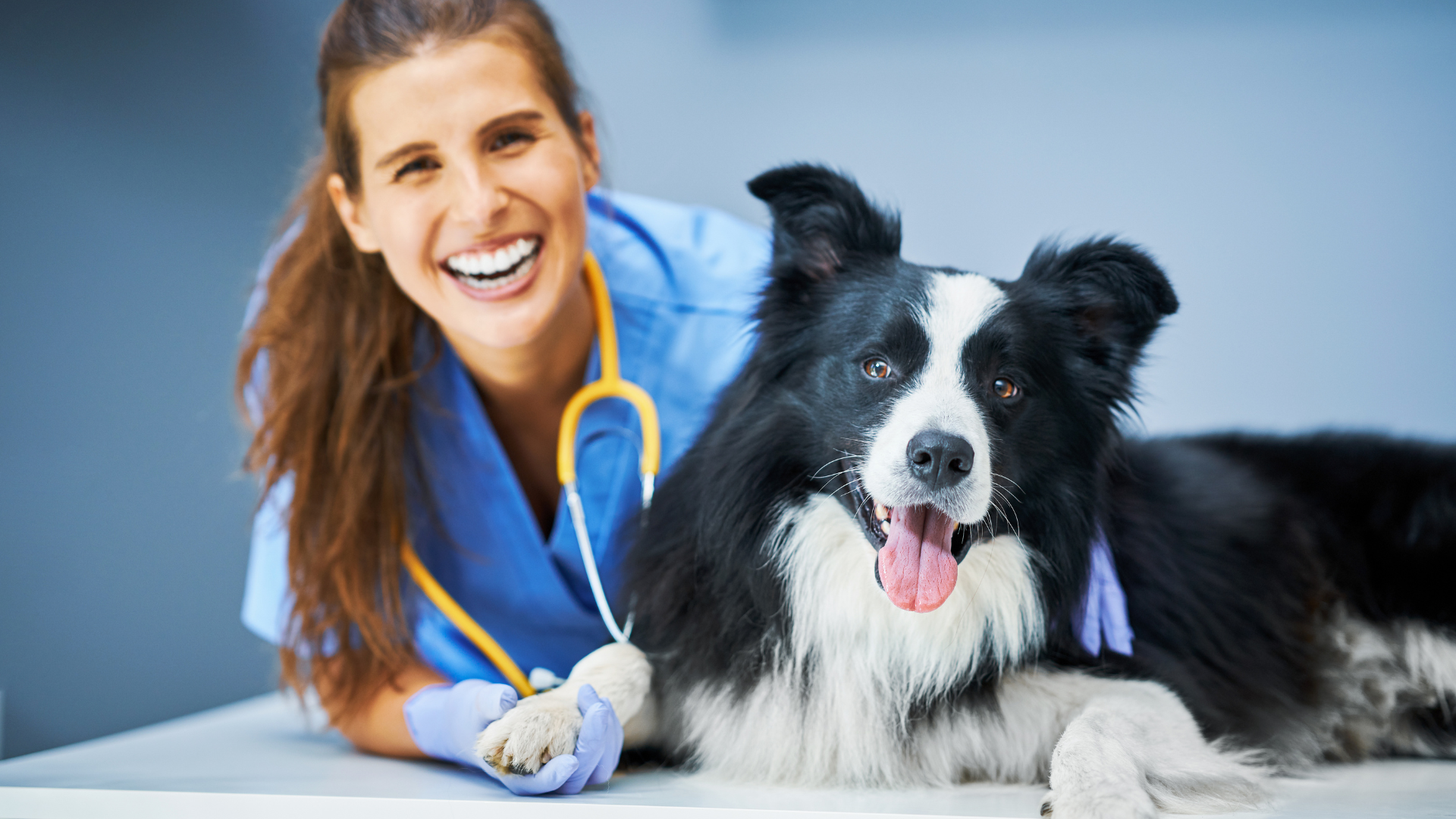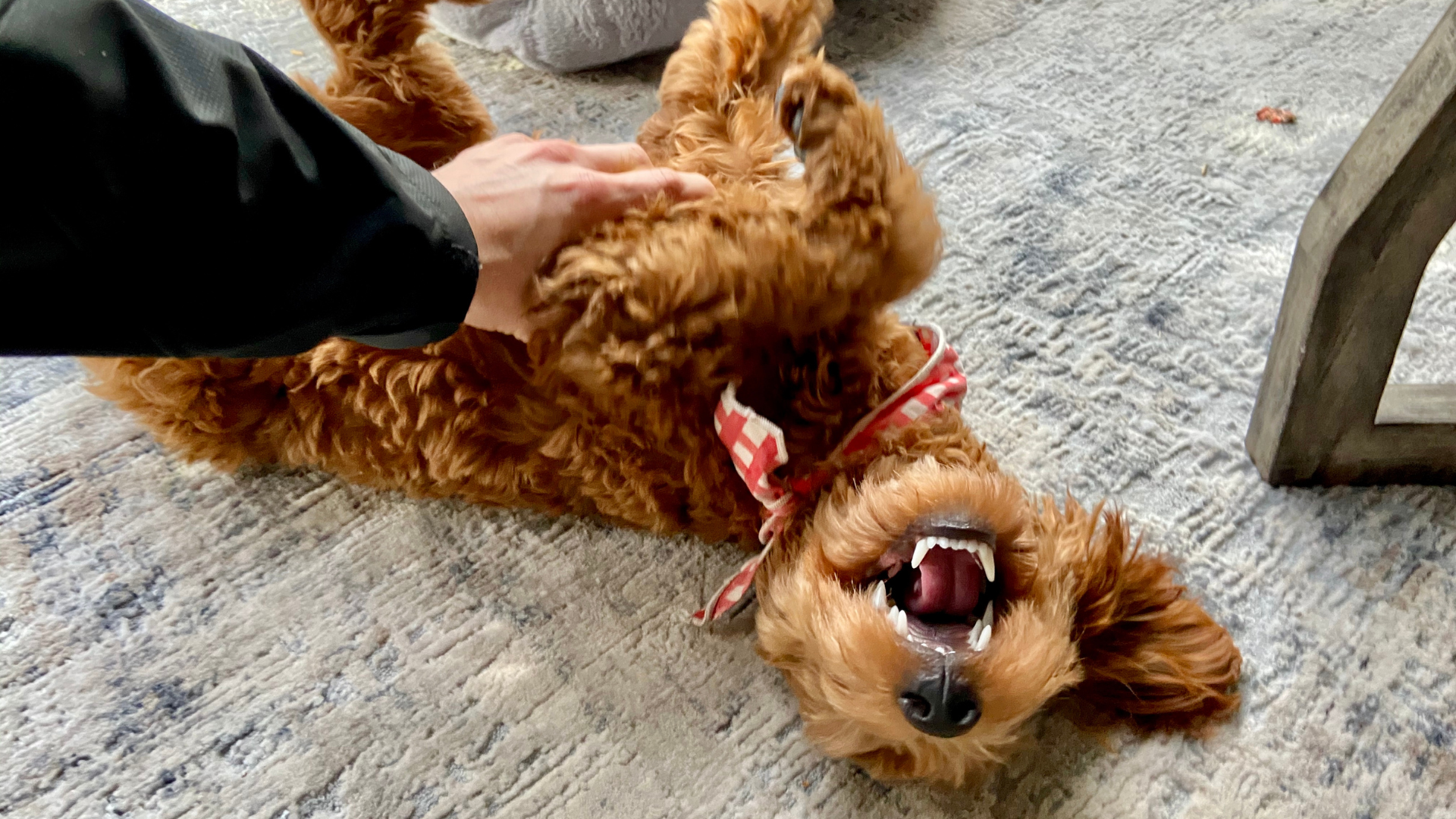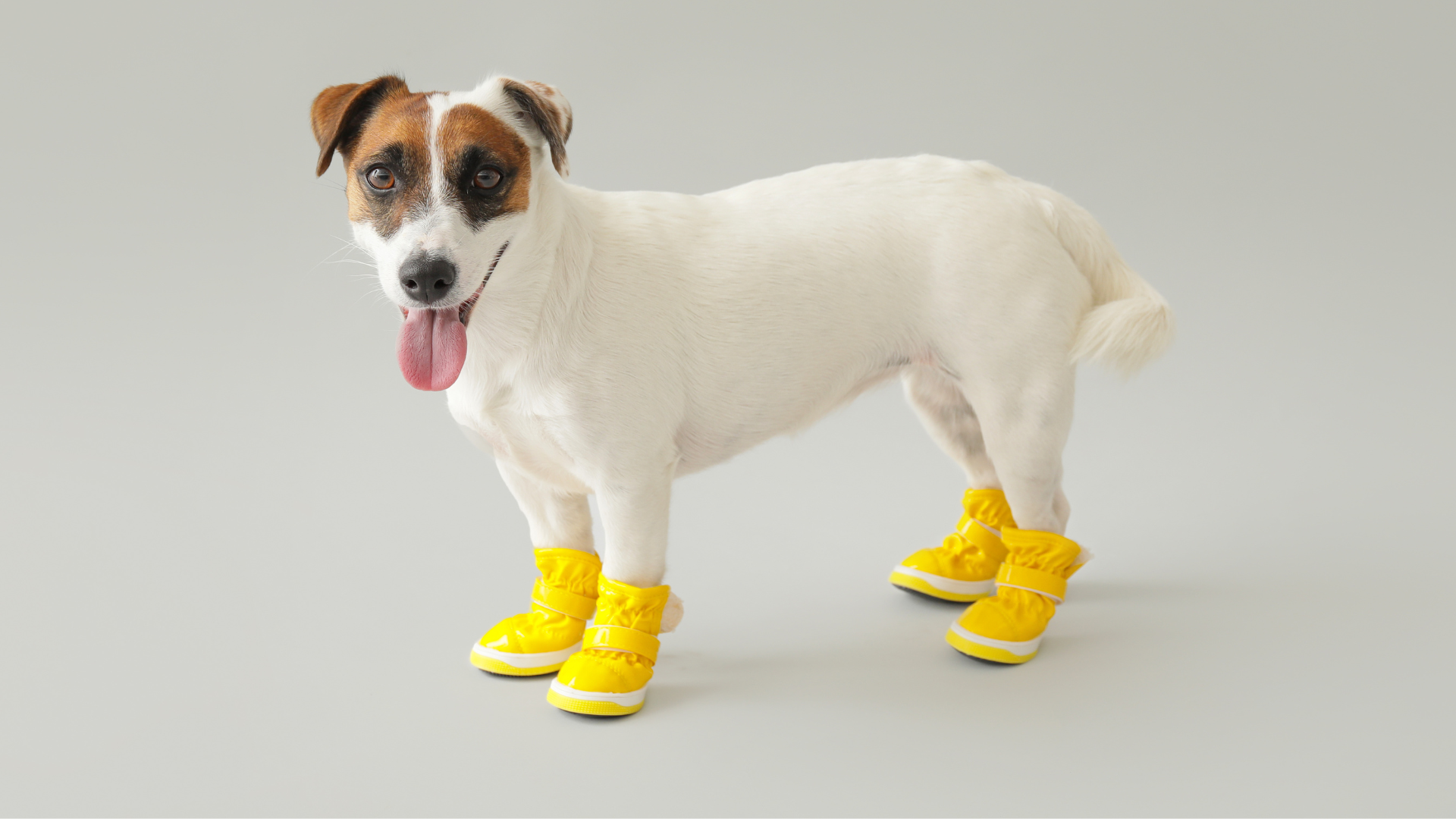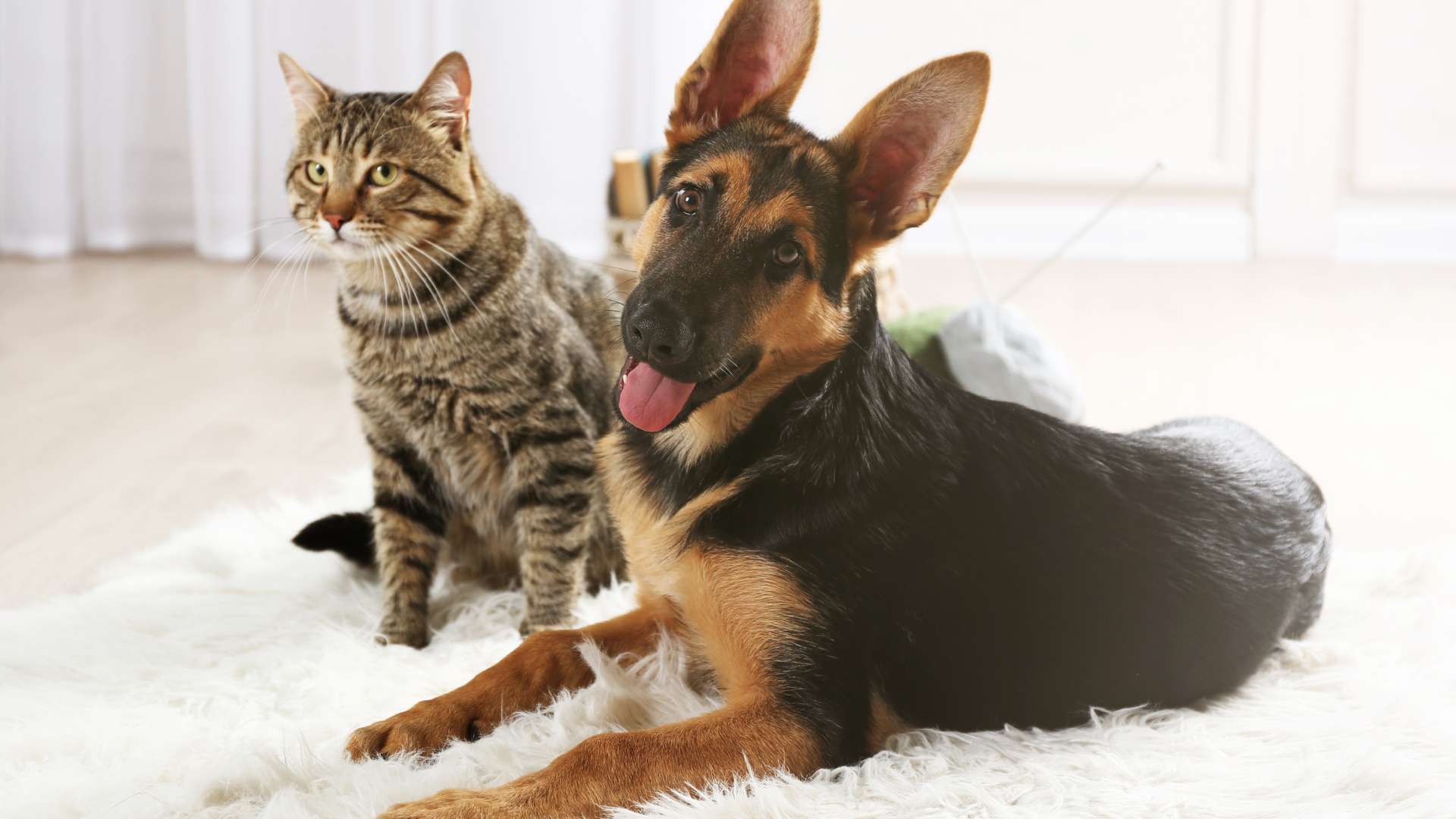Few sights are as striking as a dog with flowing, rope-like locks of fur. These unique coats, often called dreads or cords, give certain dog breeds a one-of-a-kind appearance that instantly draws attention. But for all their visual appeal, these distinctive coats also come with unique care requirements and responsibilities.
If you’ve ever seen a dog covered in long, mop-like strands of hair and wondered what it takes to care for them—or if you’re thinking about adding one of these incredible breeds to your family—this guide will give you everything you need to know.
What Are Dreads in Dogs
Dreads in dogs are long, rope-like strands of hair that naturally form when a dense, woolly undercoat tangles and intertwines with a coarser outer coat. Over time, these tangled strands tighten into cords or “dreadlocks.”
It’s important to understand that dreads are not the same as mats. Mats are tight, irregular tangles that form unintentionally and can cause skin irritation or infection. Dreads, on the other hand, are intentional, organized cords that grow as part of a breed’s natural coat structure when properly maintained.
Some dogs develop cords naturally as they mature, while others may require owner guidance to encourage the cords to form evenly and prevent unhealthy mats from developing.
Common Breeds of Dogs with Dreads
Only a handful of breeds naturally grow dreadlocks, and each one has its own unique coat characteristics, size, and history. Here are the most well-known:
Komondor
-
A large Hungarian livestock guardian dog with a distinctive white corded coat
-
Known as the “mop dog” because of their dramatic appearance
-
Their cords form naturally as their dense undercoat intertwines with the outer coat
-
Protective, independent, and very loyal
Puli
-
A small to medium herding breed also from Hungary
-
Famous for their springy, woolly cords that resemble tight twists
-
Highly intelligent and agile with high exercise needs
-
Known for their playful and affectionate temperament
Bergamasco Sheepdog
-
Originating from Italy, bred for herding in the Alps
-
Their coats form flat, felted mats called “flocks” rather than round cords
-
Calm, stable, and excellent with families
-
Cords begin forming around 1 year of age and continue to develop for several years
Spanish Water Dog
-
Medium-sized, athletic working dog from Spain
-
Their curly coats can be encouraged to form cords if left unbrushed
-
Energetic, intelligent, and highly trainable
-
Require early cord formation guidance to prevent mats
Havanese
-
Small companion breed from Cuba
-
Can be corded with careful grooming, though not naturally corded
-
Gentle, affectionate, and great with children
-
Cording is optional and requires dedicated maintenance
These breeds vary widely in size and energy level, but all share one thing: their iconic, textured coats that give them a timeless, unforgettable appearance.
Why Some Dogs Grow Dreads Naturally
Dreadlocks in dogs are primarily the result of genetics and coat structure.
Dogs that develop cords typically have:
-
A dense, woolly undercoat that easily tangles
-
A longer, coarser topcoat that intertwines with the undercoat
-
Natural friction from movement, which encourages strands to twist together
As puppies, these breeds start with soft, fluffy coats. Over time, the soft undercoat begins to clump, and the outer coat wraps around these clumps to form cords. Owners often need to manually separate and shape these cords to ensure they form evenly and don’t trap debris or moisture.
Without this guidance, dread-prone coats can turn into painful mats—so regular attention is key from the start.
Pros and Cons of Dogs with Dreads
Before committing to a dreadlocked breed, it’s important to weigh the benefits and challenges to see if they fit your lifestyle.
Pros:
-
Minimal shedding: Cords trap loose hair, reducing visible shedding around the home
-
Protection from elements: Dense cords can shield against harsh weather and even minor scrapes
-
Distinctive look: Their iconic appearance turns heads everywhere they go
-
Bonding opportunities: The grooming process can strengthen your bond with your dog
Cons:
-
High grooming needs: Requires regular cord separation, bathing, and drying
-
Risk of skin issues: Trapped moisture can cause irritation or infection if not managed properly
-
Slow drying time: Thick cords can take hours to fully dry after baths
-
Unsuitable for low-maintenance homes: Requires consistent attention and time commitment
If you’re considering one of these breeds, be honest about your ability to provide the regular care their coat requires. It’s a labor of love—but it pays off in a happy, healthy dog and a truly unique appearance.
Myths and Misconceptions About Dogs with Dreadlocks
Dreadlocked dogs are often misunderstood, leading to misinformation that can harm their health. Let’s clear up a few common myths:
“They don’t need brushing or grooming.”
False. Even though you don’t brush the cords themselves, you must regularly separate cords at the base, clean their skin, and remove debris.
“Dreads are dirty or smelly.”
Not if properly maintained. Clean, dry cords are odor-free. Smell usually comes from trapped moisture or dirt—not the cords themselves.
“They can’t be bathed.”
They absolutely can and should be bathed. The key is using mild shampoo, rinsing thoroughly, and drying completely to prevent mildew or skin irritation.
“They naturally form without effort.”
Some cords form naturally, but even naturally corded breeds need hands-on help to shape and maintain their dreads as they grow.
By busting these myths, more owners can give dreadlocked dogs the care and respect they deserve.
Keeping the Environment Clean for Dreadlocked Dogs
Because dreadlocked coats can carry more dirt, dust, and moisture than short-haired coats, it’s especially important to keep your dog’s environment clean. This reduces odors and prevents bacteria buildup.
-
Sprinkle Carpet Deodorizers on rugs, carpets, and dog beds to neutralize lingering pet odors from damp cords.
-
Wash blankets, towels, and bedding frequently with Laundry Powders to remove fur, dander, and dirt that dreadlocked coats may shed during play.
-
Disinfect hard floors and kennel areas with pet-safe All-Purpose Cleaners to maintain a healthy, bacteria-free environment for your dog.
A clean environment not only benefits your dog’s health but also makes maintaining those iconic cords much easier.
How to Groom Dogs with Dreads Properly
Grooming dreadlocked coats is a delicate balance: you want to maintain the cords without letting them tangle into painful mats. The process takes patience, but it’s essential for your dog’s health.
Separate the Cords Regularly
Start cord separation when your dog is still a puppy or when the coat begins to clump naturally. Use your fingers to gently pull cords apart down to the skin. This helps air circulate and prevents skin irritation.
Clean the Skin Beneath the Cords
Use a fine-tooth comb or your fingertips to check the base of the cords for debris or buildup. Healthy skin should be clean, dry, and flake-free.
Bathing Techniques
When bathing, dilute a gentle dog shampoo and massage it deep into the cords. Rinse thoroughly until the water runs clear. Always squeeze out excess water and towel dry carefully. Follow with air drying or low-heat blow drying until fully dry, as damp cords can trap moisture and cause infections.
Regular Grooming Sessions
Schedule frequent grooming sessions rather than long, stressful ones. This not only keeps the coat healthy but also helps your dog get used to handling and touch.
Preventing and Treating Mats in Dreadlocked Coats
While cords are intentional, mats are not. Mats are dense tangles that can trap dirt and moisture against the skin, leading to irritation or infection.
Recognizing Mats Early
Mats often form near friction areas like the armpits, behind the ears, and around the collar. Feel for tight, solid lumps hidden in the cords.
Removing Mats Gently
Hold the mat near the skin to avoid pulling and carefully tease it apart using your fingers or a dematting comb. If a mat is too tight or painful, trim it away with blunt-tipped grooming scissors.
Professional Grooming Help
Severe mats should be handled by a professional groomer to avoid accidental cuts or skin injuries. Professional grooming also helps reset the coat’s health if mats have been allowed to build up.
Regular cord maintenance will prevent mats from forming in the first place, keeping the coat healthy and comfortable.
Keeping Dogs with Dreads Clean and Odor-Free
Because corded coats can trap debris, they can develop odors if not cleaned often. Maintaining a clean environment is just as important as grooming.
-
Wash your dog’s blankets, towels, and bedding weekly with Laundry Powders to remove dander, dirt, and lingering odors.
-
Sprinkle Carpet Deodorizers on rugs and carpets where your dog naps to neutralize pet smells and keep your home fresh.
-
Wipe down floors, kennels, and food areas regularly using pet-safe All-Purpose Cleaners to kill bacteria without harsh chemicals.
A clean environment reduces the risk of skin problems and makes the grooming process much more manageable.
Managing Shedding and Seasonal Coat Changes
Dogs with dreads don’t shed like short-haired breeds, but they still lose old hairs within the cords.
Trapping Loose Fur
Loose fur often gets caught inside cords instead of falling to the ground. This makes dreadlocked breeds seem “non-shedding,” but you still need to pull loose hairs free during grooming.
During Seasonal Shedding
When your dog’s coat naturally sheds more, increase grooming sessions to prevent excess hair from clogging cords. Carefully separate cords and gently comb near the base to release trapped fur.
Home Cleaning Tips
Keep your cleaning routine consistent during shedding season. Vacuum often, wash soft surfaces with Laundry Powders, and use Carpet Deodorizers to prevent odors from accumulating.
Health and Skin Care for Dreadlocked Dogs
A beautiful corded coat starts with healthy skin. Because dense cords can hide skin issues, it’s important to inspect and care for your dog’s skin regularly.
Check Skin Weekly
Look for redness, bumps, flakes, or foul odors. These could signal infections or hotspots caused by trapped moisture.
Keep Skin Dry and Ventilated
Make sure cords dry fully after baths, swimming, or rainy walks. Trapped moisture is the most common cause of skin issues in dreadlocked breeds.
Support Coat Health Through Diet
Feed high-quality dog food rich in omega-3 fatty acids, biotin, and protein to support strong, healthy hair growth.
Regular Vet Visits
Schedule routine vet checkups to catch any skin or coat problems early, especially if you notice scratching or irritation.
Lifestyle Considerations for Owning a Dreadlocked Dog
While their coats are eye-catching, dreadlocked breeds aren’t right for every household. Their care requirements affect daily life more than many people realize.
Time Commitment
Plan for regular grooming, drying, and coat checks. Skipping grooming sessions can quickly lead to mats and discomfort.
Climate Concerns
In humid or wet environments, cords take longer to dry and can harbor bacteria if not carefully managed. In snowy areas, cords may collect ice, so wipe them down after outdoor play.
Exercise Needs
Most dreadlocked breeds are working or herding dogs with high energy levels. Be prepared to provide daily exercise and mental stimulation.
Professional Grooming Costs
If you don’t have time to groom at home, budget for professional grooming. Many dreadlocked breeds need regular professional care to maintain their coats.
Creating a Clean Home Environment for Dogs with Dreads
Because dreadlocked dogs can carry more dirt in their coats, keeping their living space clean is essential.
-
Designate a grooming corner with washable mats to catch fur and debris.
-
Vacuum and mop floors frequently to remove tracked-in dirt.
-
Use All-Purpose Cleaners to wipe down baseboards, doors, and feeding stations where fur and dust collect.
-
Refresh resting areas with Carpet Deodorizers to eliminate lingering smells.
-
Wash dog-related laundry weekly with Laundry Powders to keep everything fresh and fur-free.
You can also check the Good Natured Brand Blog for more helpful guides on maintaining a pet-friendly, odor-free home.
FAQs About Dogs with Dreads
Are dreadlocked coats natural or styled by humans?
Some breeds develop cords naturally, while others (like Havanese) require careful styling and upkeep to form cords.
How long does it take for dog dreads to form?
Cords usually begin forming around 8–12 months old and fully develop by 2–3 years of age with regular separation and maintenance.
Do dogs with dreads smell more?
Not if properly maintained. Odor usually comes from trapped moisture or dirty bedding, not the cords themselves.
Can dreadlocked dogs live in hot climates?
Yes, but cords can trap heat, so it’s crucial to provide shade, water, and regular grooming to prevent overheating.
Do dogs with dreads shed less?
They appear to shed less because loose hair stays trapped inside cords, but they still shed internally and need regular grooming to remove it.
Dogs with Dreads
Dogs with dreads are captivating, but their beauty comes with responsibility. Their coats require consistent grooming, thorough drying, and a clean home to stay healthy. By committing to proper maintenance, you’ll not only preserve their iconic look but also protect their comfort and well-being.
If you’re ready to welcome a dreadlocked companion, be prepared to invest time, patience, and care — and you’ll be rewarded with a loyal friend who’s as striking as they are loving. For more pet care tips, visit the Good Natured Brand main page and explore our pet-safe cleaning solutions that support a healthier home for you and your dog.
